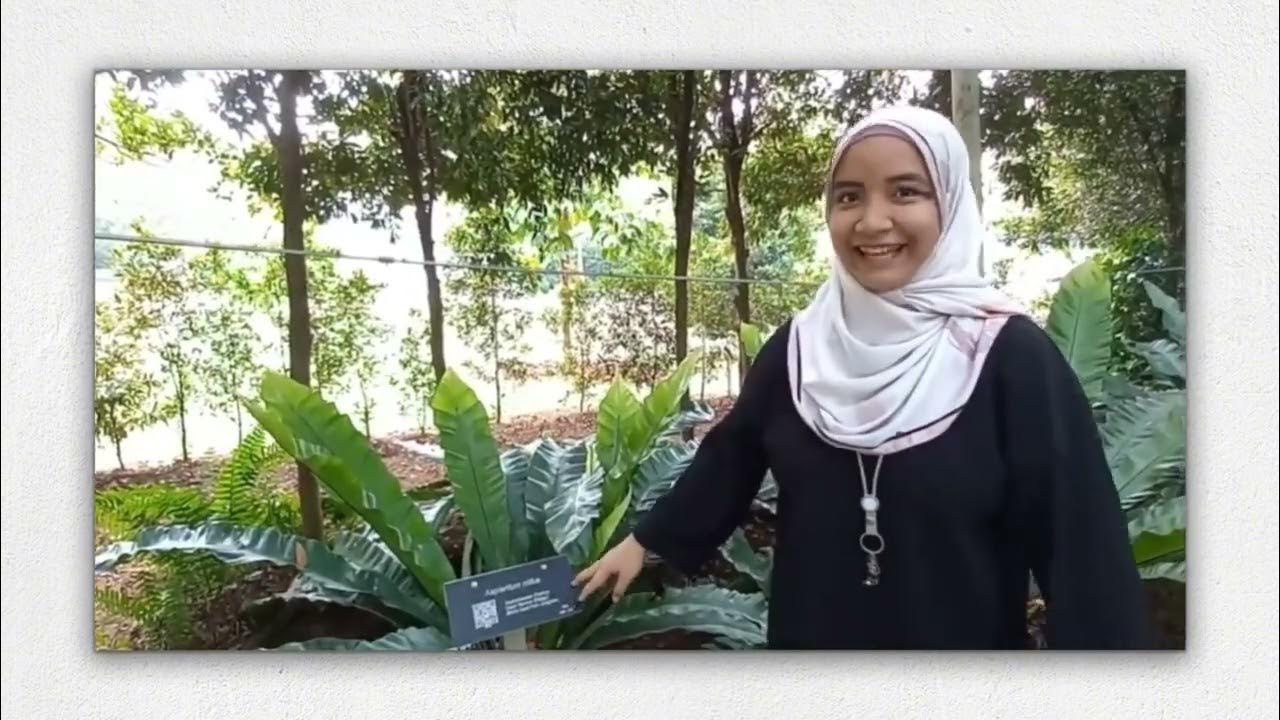Conservation and the race to save biodiversity
Summary
TLDRThis video explores the concept of conservation, focusing on two main approaches: protecting species and protecting habitats. It highlights various techniques such as species survival plans, international treaties like CITES, and reintroduction programs to save endangered species. The importance of biodiversity research, education, and genetic conservation is also emphasized. Additionally, the video underscores the value of conserving entire ecosystems through protected areas, such as national parks and marine protected areas, which help preserve biodiversity and sustain ecosystem services essential for long-term environmental health.
Takeaways
- 🌿 Conservation is the study of biodiversity loss and how it can be prevented.
- 🦅 Conservation techniques can be divided into two basic approaches: protecting species and protecting places.
- 📜 Species protection includes legislative actions like the Endangered Species Act and international treaties like CITES to regulate wildlife trade.
- 🔴 The IUCN Red List helps prioritize species for protection by classifying them into seven categories, from 'Extinct' to 'Least Concern.'
- 🧬 Species Survival Plans (SSPs) use captive breeding to maintain healthy populations of endangered species and aim for potential reintroduction to the wild.
- 🌎 Habitat preservation is crucial for species conservation, as saving species requires suitable environments for them to thrive.
- 🌊 Marine protected areas are essential for biodiversity recovery, serving as reservoirs that can replenish overexploited regions, such as in the Verde Island Passage.
- 🧪 Conservation genetics is an emerging field that focuses on genetic diversity at various levels—from individual species to entire ecosystems.
- 📚 Education and research are vital for informed conservation efforts, helping to guide decision-making and conservation policy.
- 🏞 National parks and marine protected areas play a significant role in conserving biodiversity by safeguarding entire ecosystems and promoting recovery in impacted areas.
Q & A
What is the formal definition of conservation as mentioned in the video?
-Conservation is defined as the study of the loss of Earth's biological diversity and the ways this loss can be prevented.
What are the two basic approaches to conservation discussed in the video?
-The two basic approaches to conservation are protecting species and protecting the places where those species live.
How does legislation help in species protection?
-Legislation like the Endangered Species Act and international treaties such as CITES help protect species by regulating markets and trade, preventing over-exploitation and driving species to extinction.
What is the IUCN Red List, and why is it important for conservation?
-The IUCN Red List categorizes species into seven levels of conservation status, ranging from extinct to least concern. It is crucial for prioritizing conservation efforts and making informed decisions based on biodiversity research.
What are Species Survival Plans (SSPs), and how do they contribute to conservation?
-SSPs are captive breeding programs that help maintain healthy populations of endangered species in accredited zoos and aquaria. They aim to preserve genetic diversity and, in some cases, reintroduce species to the wild.
What are the risks and benefits of species reintroduction programs?
-Reintroduction programs can be risky and expensive, much like surgery, but they can be effective in saving species if done in appropriate habitats. They also raise public awareness about biodiversity loss.
Why is protecting places important for biodiversity conservation?
-Protecting places, such as biodiversity hotspots and national parks, is powerful because it safeguards entire ecosystems, thus preserving the habitats and species that depend on them.
How does the concept of remoteness contribute to conservation?
-Places like Antarctica have been passively protected due to their remoteness, limiting human activity. However, as technology improves, these areas may face increasing threats.
What role do marine protected areas play in biodiversity conservation?
-Marine protected areas serve as safe zones where species can recover from over-harvesting. These areas act as reservoirs that help repopulate surrounding ecosystems, as seen in the Verde Island Passage.
What is conservation genetics, and how does it enhance conservation efforts?
-Conservation genetics studies genetic diversity at multiple levels, from individual organisms to ecosystems. This emerging field helps improve conservation strategies by assessing the evolutionary importance of biodiversity.
Outlines

Dieser Bereich ist nur für Premium-Benutzer verfügbar. Bitte führen Sie ein Upgrade durch, um auf diesen Abschnitt zuzugreifen.
Upgrade durchführenMindmap

Dieser Bereich ist nur für Premium-Benutzer verfügbar. Bitte führen Sie ein Upgrade durch, um auf diesen Abschnitt zuzugreifen.
Upgrade durchführenKeywords

Dieser Bereich ist nur für Premium-Benutzer verfügbar. Bitte führen Sie ein Upgrade durch, um auf diesen Abschnitt zuzugreifen.
Upgrade durchführenHighlights

Dieser Bereich ist nur für Premium-Benutzer verfügbar. Bitte führen Sie ein Upgrade durch, um auf diesen Abschnitt zuzugreifen.
Upgrade durchführenTranscripts

Dieser Bereich ist nur für Premium-Benutzer verfügbar. Bitte führen Sie ein Upgrade durch, um auf diesen Abschnitt zuzugreifen.
Upgrade durchführenWeitere ähnliche Videos ansehen

BIODIVERSITY AWARENESS VIDEO : EX SITU CONSERVATION

Aku Masih Ada Di Sini (Mengenal Hewan Langka) - Roots & Shoots 6.1

Pengertian, Sejarah dan 9 Kategori IUCN Red List untuk Mengetahui Status Kepunahan Suatu Jenis

Pelestarian flora fauna || Materi Geografi kelas 11 tentang flora fauna

Upaya Mengatasi Masalah Lingkungan ( Perubahan Lingkungan )

Menjaga Harimau Sumatera yang telah diambang kepunahan | JELAJAH
5.0 / 5 (0 votes)
